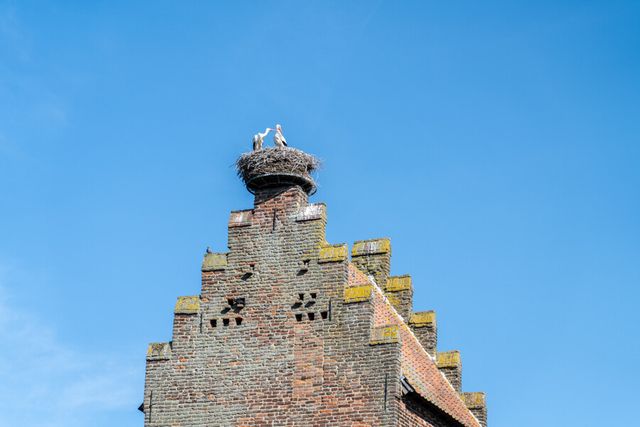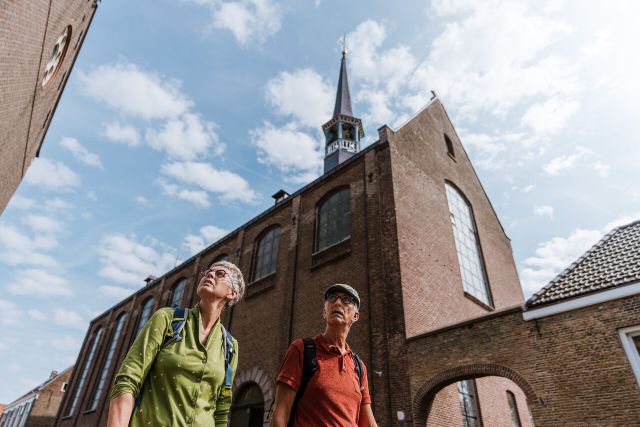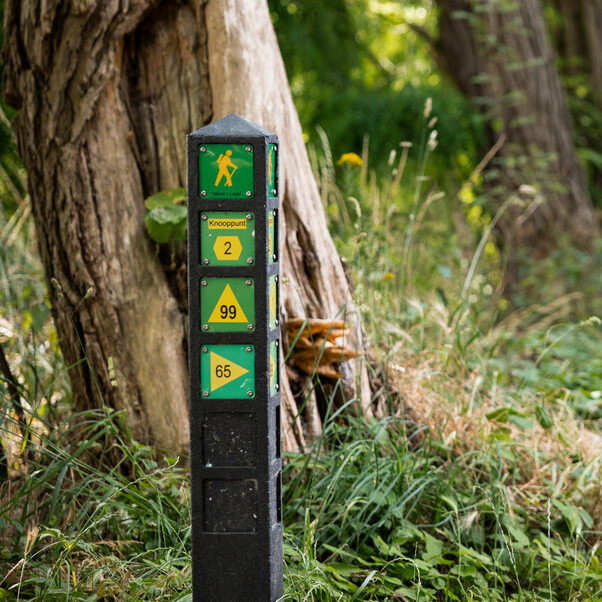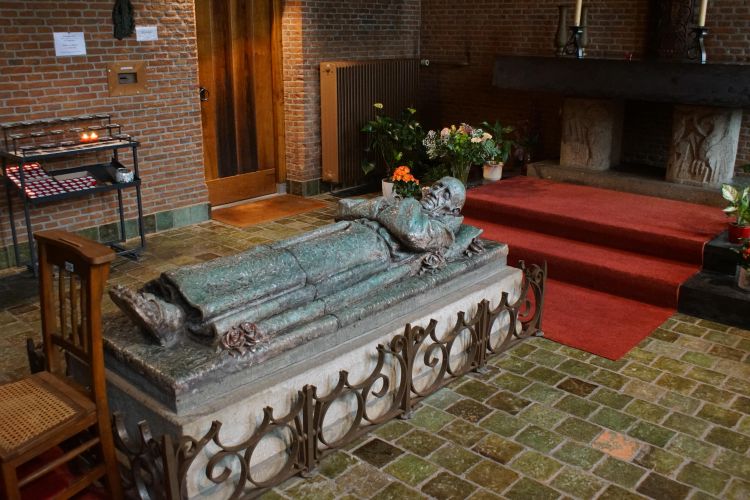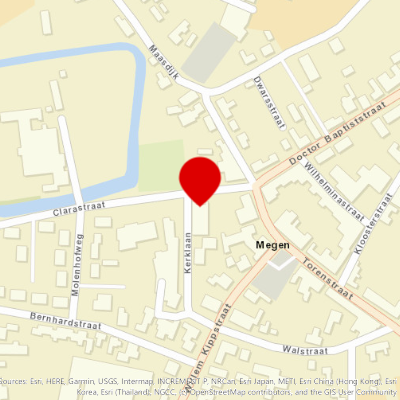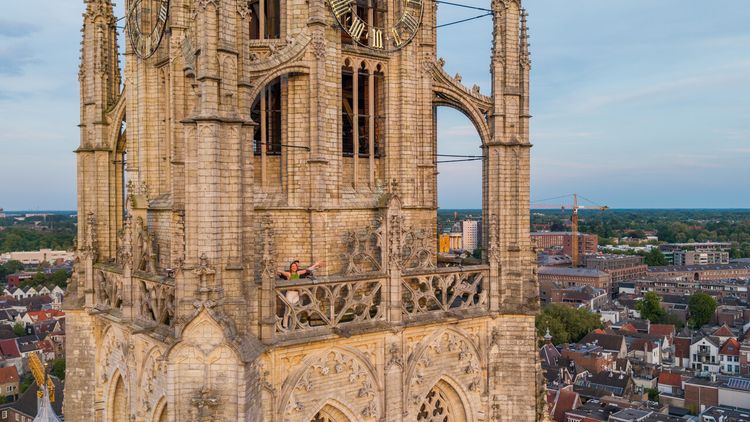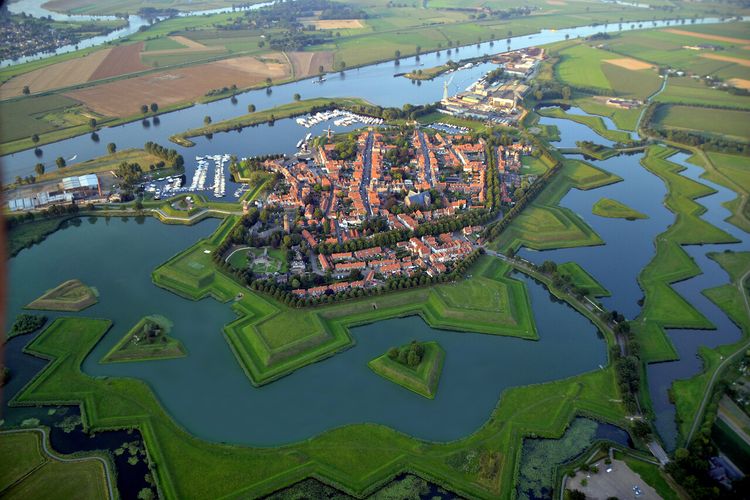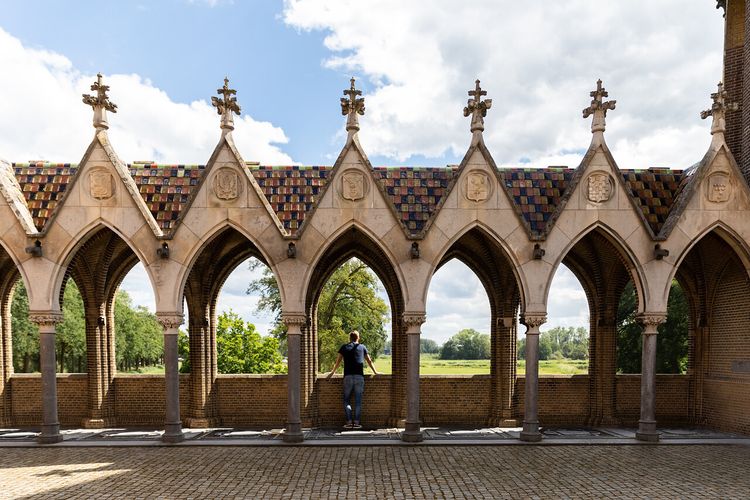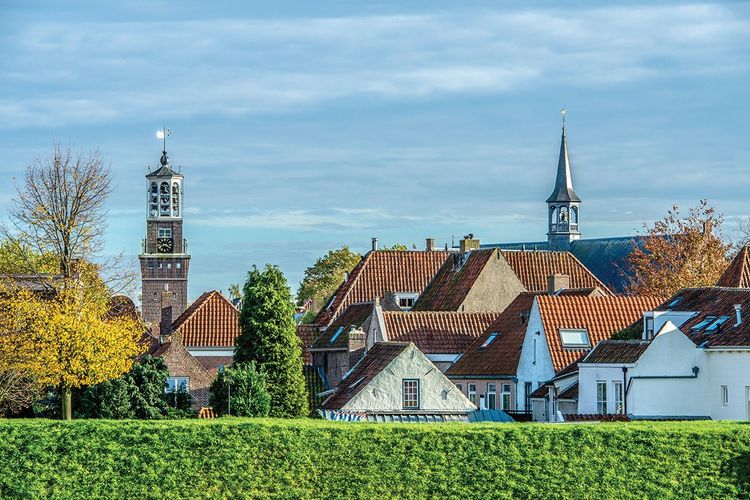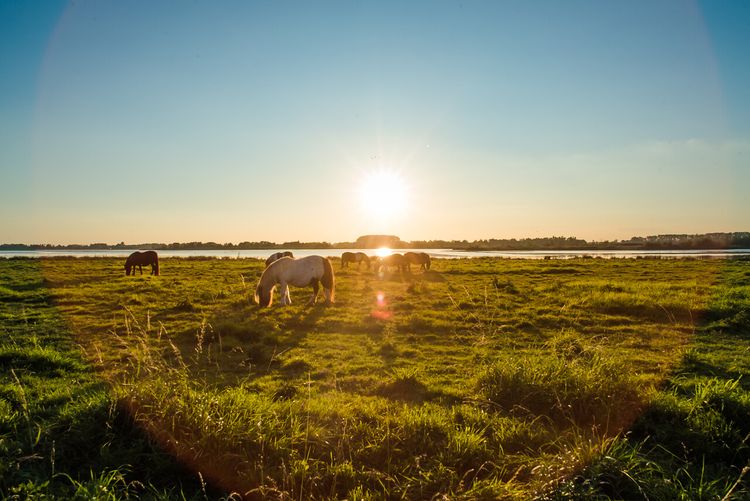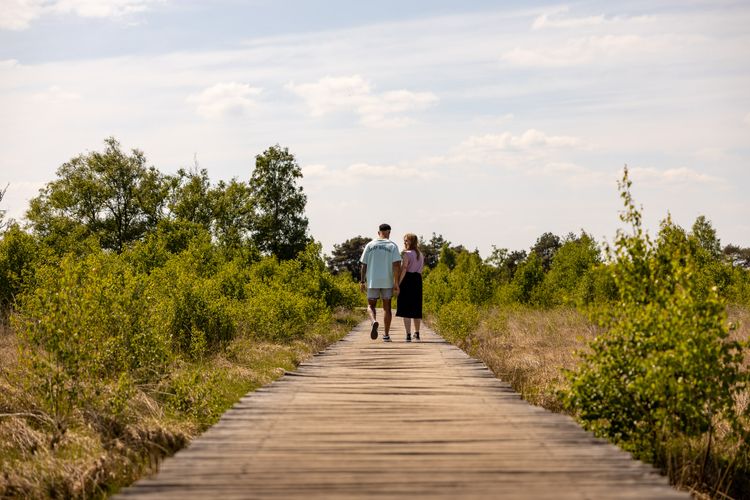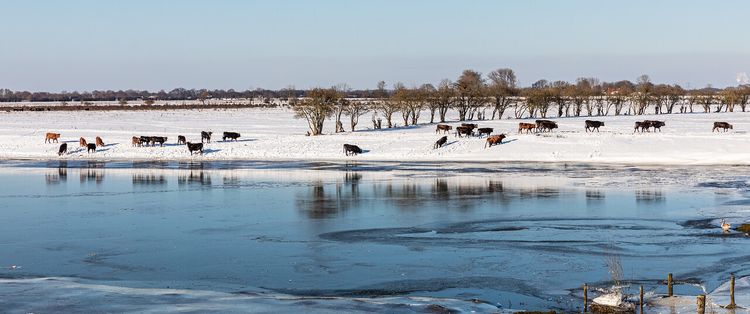Our Monastery Trail: circular tour Megen
The circular walk on this map lets you discover the beautiful countryside around the Poor Clares and Franciscan monastery in Megen. The route is 4.8 km long and makes use of the official local numbered junction system.
Starting point: from your location
Show all 4 photos
The circular walk on this map lets you discover the beautiful countryside around the Poor Clares and Franciscan monastery in Megen. The route is 4.8 km long and makes use of the official local numbered junction system.
Experience monastic life
Monastic life has brought much to Brabant. Get to know the stories of local monastic life while walking. Our Monastery Trail takes you past fifty historic monasteries and abbeys in fifteen stages. There are also beautiful shorter walks around various monasteries and convents. Each circular walk is described on a separate route map.
Finding the way with numbered junctions
This walking route has been set out using the numbered junction network in Brabant. Simply follow the route via the signposted junctions, from one number to the next. There are also signposts between the junctions to help you find your way.
-
Hotline routes
Hotline routesIf there is something wrong on the route, report it here.
Sights on this route
Klooster Sint-Anthonius van Padua
Starting point:
Kloosterstraat 65366 BH Megen
Navigate to starting point

Starting point:
Kloosterstraat 65366 BH Megen
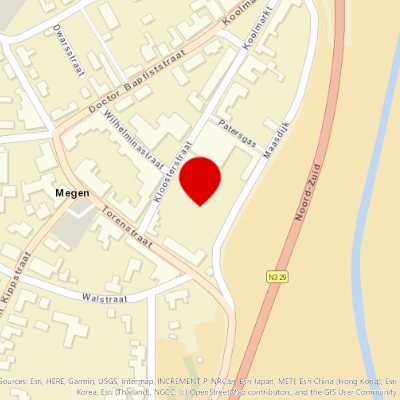
Starting point:
Torenstraat 275366 BK Megen
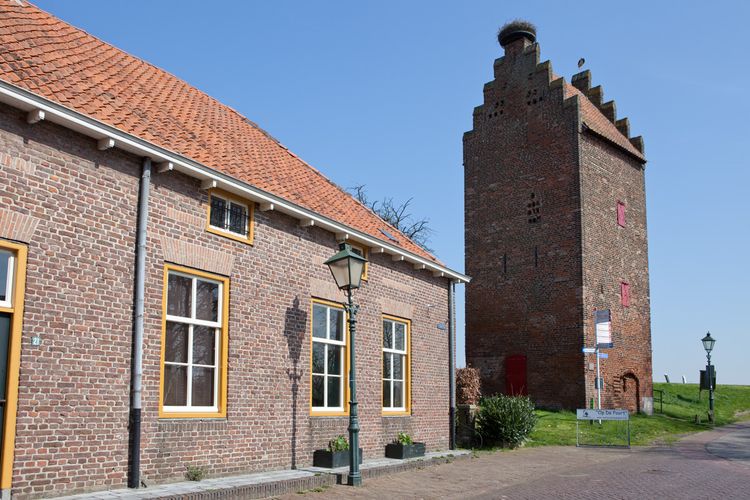
Klooster Sint-Anthonius van Padua
Starting point:
Kloosterstraat 65366 BH Megen
Navigate to endpoint

Story of the route
Klooster Sint-Anthonius van Padua
Starting point:
Kloosterstraat 65366 BH Megen
Navigate to starting point

- St Anthony of Padua Monastery
In 1629 Frederick Henry of Orange conquered the city of ‘s-Hertogenbosch and the Franciscan monks were forced to leave their monastery. They were allowed to settle in Megen, on condition that they would establish a school. They did so in 1645. - Monastery garden 'Hof van Lof'
Next to the monastery is a walled garden that served as a vegetable garden for centuries. The garden has strong connections to the Christian faith, both in design and planting. The garden can be visited and there are guided tours. - Friar Everardus Chapel
The Everardus chapel is located next to the Franciscan monastery. Friar Everardus Witte (1868-1950) was a porter for the convent from about 1920 until his death in 1950. He stood up for all kinds of people in the surroundings of Megen and was honoured with his own chapel. - Acropolis, former grammar school
The Franciscans in Megen taught Latin and other subjects from 1645 onwards. The friars served as teachers, and the students lived in boarding houses with the local citizenry. The monastery and the citizens of Megen have always been strongly connected because of this. - Saint Anne's chapel
- Chapel Our Lady of Seven Sorrows
The name of the chapel refers to seven moments of suffering in the life of Mary: Simeon’s prophecy, the flight into Egypt, twelve-year-old Jesus being lost in the temple, the meeting with Jesus during the Stations of the Cross, the crucifixion, the taking down from the cross and the burial. - Saint Servatius Church
- Sint-Josephsberg Convent
Initially the Poor Clares lived in Boxtel, but after the Eighty Years' War the Protestant authorities prohibited the practice of the Catholic faith. The Poor Clares left for an area where they were allowed to practice their faith and chose the Catholic enclave of Megen. They settled in the castle that formerly belonged to the Counts of Megen and converted it into a convent. - Prison tower
Klooster Sint-Anthonius van Padua
Starting point:
Kloosterstraat 65366 BH Megen
Navigate to endpoint

- 49
- 55
- 28
- 5
- 50
- 55
- 56
- 53
- 49

